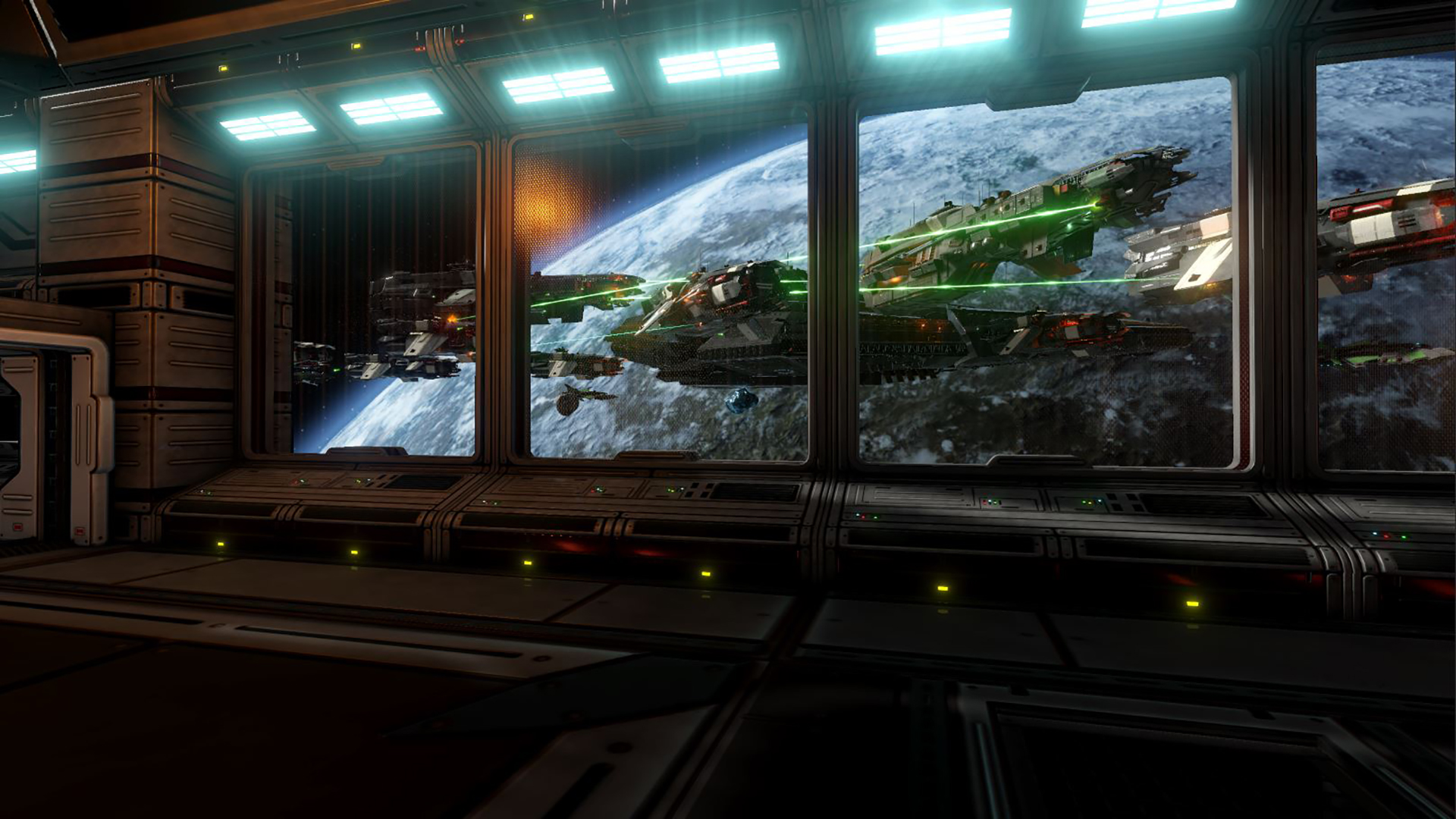


The basic EC2-S-C1 cargo design was modified during construction into three major variants with the same basic dimensions and slight variance in tonnage. On 27 March 1941, the number of lend-lease ships was increased to 200 by the Defense Aid Supplemental Appropriations Act and increased again in April to 306, of which 117 would be Liberty ships. Liberty ships were designed to carry 10,000 long tons (10,200 t) of cargo, usually one type per ship, but, during wartime, generally carried loads far exceeding this. It was adopted as a Merchant Marine Act design, and production awarded to a conglomerate of West Coast engineering and construction companies headed by Henry J. The new design replaced much riveting, which accounted for one-third of the labor costs, with welding, and had oil-fired boilers. The US version was designated 'EC2-S-C1': 'EC' for Emergency Cargo, '2' for a ship between 400 and 450 feet (120 and 140 m) long (Load Waterline Length), 'S' for steam engines, and 'C1' for design C1. The design was modified by the United States Maritime Commission, in part to increase conformity to American construction practices, but more importantly to make it even quicker and cheaper to build. The first Ocean-class ship, SS Ocean Vanguard, was launched on 16 August 1941. The accommodation, bridge, and main engine were located amidships, with a tunnel connecting the main engine shaft to the propeller via a long aft extension. The order specified an 18-inch (0.46 m) increase in draft to boost displacement by 800 long tons (810 t) to 10,100 long tons (10,300 t). Examples include SS Dorington Court built in 1939. Thompson & Sons based on a 1939 design for a simple tramp steamer, which was cheap to build and cheap to run (see Silver Line). The predecessor designs, which included the "Northeast Coast, Open Shelter Deck Steamer", were based on a simple ship originally produced in Sunderland by J.L. The immensity of the effort, the number of ships built, the role of female workers in their construction, and the survival of some far longer than their original five-year design life combine to make them the subject of much continued interest.ġ40-ton vertical triple expansion steam engine of the type used to power World War II Liberty ships, assembled for testing before delivery Their production mirrored (albeit on a much larger scale) the manufacture of " Hog Islander" and similar standardized ship types during World War I. Eighteen American shipyards built 2,710 Liberty ships between 19 (an average of three ships every two days), easily the largest number of ships ever produced to a single design. The class was developed to meet British orders for transports to replace ships that had been lost. Mass-produced on an unprecedented scale, the Liberty ship came to symbolize U.S. Though British in concept, the design was adopted by the United States for its simple, low-cost construction. Liberty ships were a class of cargo ship built in the United States during World War II under the Emergency Shipbuilding Program. Stern-mounted 4-in (102 mm) deck gun for use against surfaced submarines, variety of anti-aircraft guns

Brown, one of four surviving Liberty ships, photographed in 2000


 0 kommentar(er)
0 kommentar(er)
